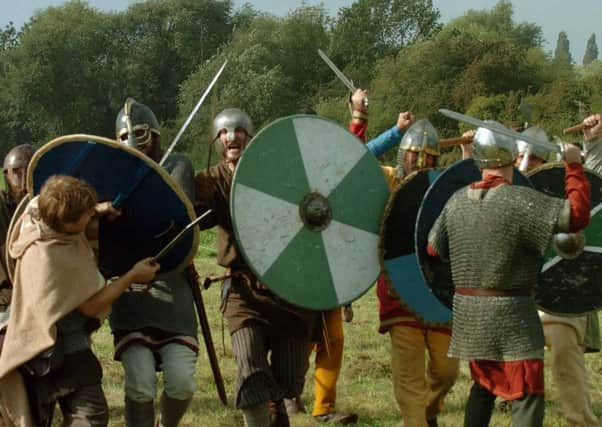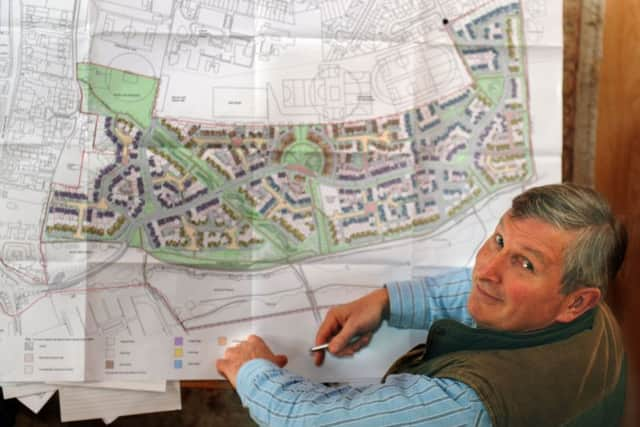When Vikings roamed Yorkshire: Digging up 950 years of history at Fulford


On September 20, 1066, around 5-6,000 Viking warriors, led by King Harald Hardrada of Norway, fought and defeated an English force at a site surrounding Germany Beck, Fulford.
Often dismissed as little more than a curtain-raiser to the more famous conflict which took place at Hastings months later, it had a much bigger impact on the course of British history than is widely-recognised, shaping the outcome of the Battle of Stamford Bridge shortly after, and then the fight back at Hastings.
Advertisement
Hide AdAdvertisement
Hide AdArcheological digs in 2014 and 2015 on the Viking side of the beck, to the south of the battlefield, uncovered many fragments of bone which appeared to be human. But analysis at the University of York and by a firm in Florida have not been able to extract any of the material necessary to carbon date the bones.


Archaeologist and historian Chas Jones, who has been leading the project, said the collagen necessary for carbon dating the bones had probably been destroyed by the layer of iron in which the bone fragments were found.
He said. “This iron layer might also be a product of the battle where there is much evidence that the Viking victors recycled broken weapons after the battle.
“Conventional archaeology, using datable items such as ceramic, tells us that we are looking at the time of the battle. No bones, let alone the quantities of iron objects, have yet been recovered from the contemporary battles at Hastings or Stamford Bridge so we have more pioneering research ahead.”
Advertisement
Hide AdAdvertisement
Hide AdIt is hoped that a two-week dig this July, where members of the public will be able to join archeologists and experts from Fulford Battlefield Society, will not only uncover more bones which could be successfully dated, but also uncover a pattern of footprints below the surface. Trenches will be dug in areas where the land is not full of iron, but instead peat, which may preserve bone better.


Another trench will expose a further section of the ancient road leading to a ford that was discovered last year, alongside compacted earth that could represent where the boots of Vikings once wore down the earth.
Mr Jones said: “I am not saying that we have found footprints of the warriors baked in the clay but we know this surface was waterlogged because the battle only started after the flood tide retreated. So it is worth investigating this churned surface, which is not far below the modern surface, to see if there is a pattern of footprints.”
School children will help mark the anniversary of the battle by re-enacting it on Sunday September 18, before a commemorative ceremony on Tuesday September 20.
Advertisement
Hide AdAdvertisement
Hide AdMr Jones has started a crowdfunding appeal to raise £17,000 to open the ‘Viking side’ of the site to the public, including building walkways and signage, and has already raised a third of the total. It has been supported by television presenter Dan Snow to enable them to raise enough money to open the site to visitors. To donate visit www.crowdfunder.co.uk/1066-battle-of-fulford
- Work is expected to begin on a controversial development of 600 houses on the north side of the battlefield imminently, after a campaign to reverse planning permission granted in 2007 failed.